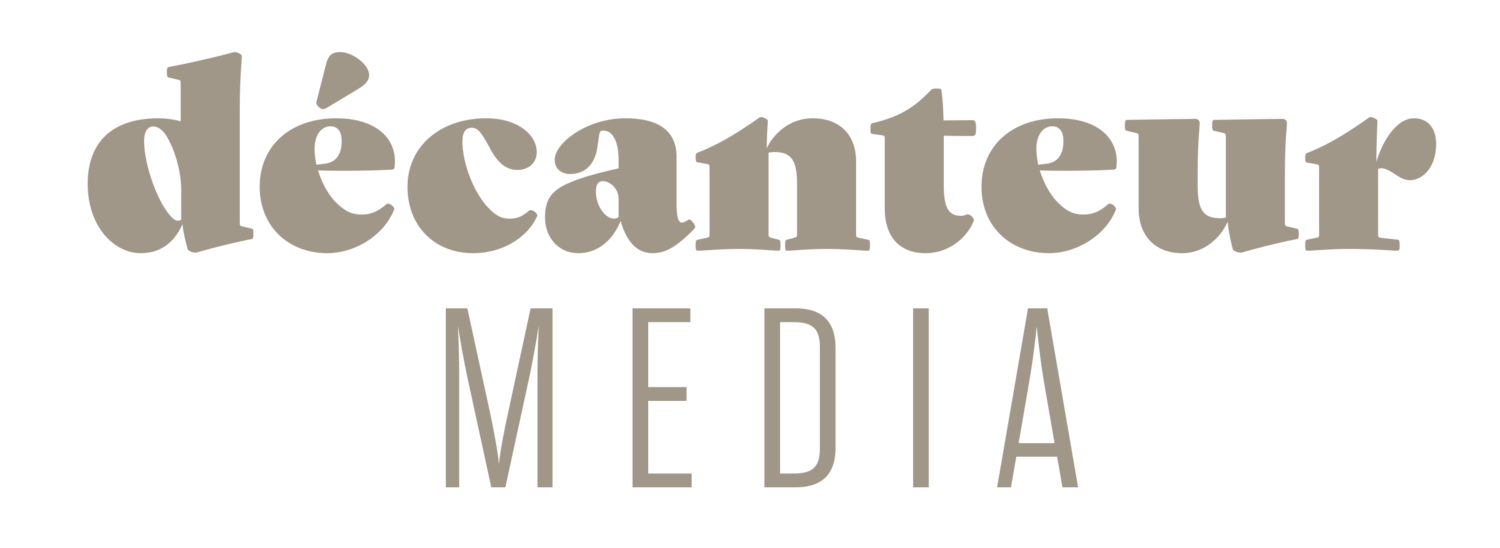One of the benefits of going to a grad school in a European city is meeting people from all over the world. I've met a German, a Swede, a Turk, a Jordanian, a Syrian, a Brazilian, a Croatian, an Australian, a Grecian, and an Italian. And sometimes, if you're lucky, one of these new international friends will bring you some treats from their home country.
My friend Violetta is from Turin, just under two hours west of Milan. More interesting to a food lover like me, Turin is located an hour north of Bra, the birthplace of Carlo Petrini and the Slow Food Movement, and current location of the University of Gastronomic Sciences. Read: there is very good food here. And I don't just mean delicious, as all Italian food purports to be with your usual pizza pasta stereotype. I'm talking about some of the most beautifully cultivated produce, hand-crafted products, and carefully tended animals, all of which is heralded as local above all else. Local isn't exactly a fad for Italy, it's a tradition. Violetta told me about the idea of "Zero KM," which is a label applied to products and ingredients designating their locality. Knowing my love for food (especially good food), Violetta had her mother bring me a couple pastas and a bruschetta from her hometown, which I used to make an absolutely amazing Italian feast in Paris.
On the menu: bruschetta, spaghetti alla carbonara, and chardonnay from Macon Valley in the Borgogne region of France.
That morning, I went to the market and picked up some good, crusty bread for the bruschetta (which was incredible and had unexpected olives in it) and some lard fumé, which may sound disgusting (smoked fat? really?) but is actually a much more accurate (and graphic) name for smoked bacon. This was to use in place of the traditional guanciale, which I could not find or just didn't translate to the French meat offerings. I chose to do a carbonara because I wanted to do something simple and not too overpowering in order to fully appreciate the pasta. Carbonara was perfect, because it added a slight accent to the pasta without completely hiding it. I was also intrigued by the term "chittara," which is the name of the machine used to make this particular type of spaghetti, and also contains egg.
Spaghetti alla carbonara is really quite simple. Pasta, parmesan, egg, pepper, and guanciale (or in this case, bacon). And it hits the perfect spot between refined and homey. With the thicker egg noodles, the yolk-sauce really coated the pasta and made for a wonderfully rich bite, lightly peppered, coated in parmigiano-reggiano, and studded with bacon. The white wine didn't hurt, of course - what with my recent wine-tasting adventure and a documentary I saw called A Year in Burgundy, I've been a bit obsessed with Burgundy wines, chardonnay and pinot noir to be specific.
SPAGHETTI ALLA CARBONARA (for two)
Ingredients:
- Spaghetti (about 250g)
- Olive oil (2-3 tbsp)
- Guanciale (or pancetta, bacon, any salted pork meat really)
- Cracked black pepper
- Parmigiano-reggiano
- 2 egg yolks (one for each dish)
- Salt, to taste
Method:
While pasta cooks, sauté bacon in a separate pan. Drain pasta and mix in olive oil, bacon, cracked black pepper, and parmigiano-reggiano. Separate into serving dishes, and individually mix in egg yolk to each. Top with salt to taste, and more parmesan or cracked pepper if necessary.

